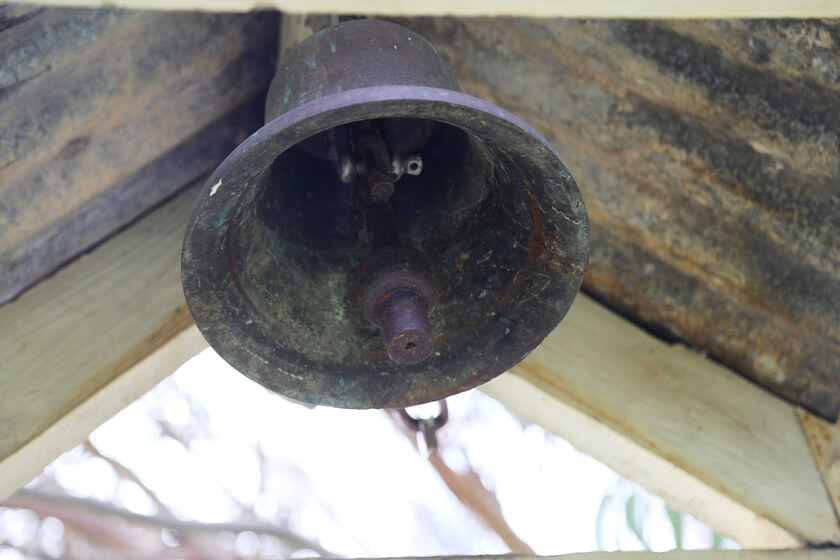Summon the Living
Bells from Victorian community collections
Prior to the advent of electronic sound systems, bells were heard ringing throughout the day.
Large bells were attached to buildings. Handheld bells sat on tables and mantel pieces. Bells rang for morning prayer, school time, half time, and dinner time. Bells announced a fire in town or the death of a local. Some bells were passed around within their local community, or re-purposed as presentation gifts, being easily engraved and potentially useful.
This story was originally inspired by Graeme Davison’s book The Unforgiving Minute: How Australia Learned to Tell the Time.
















